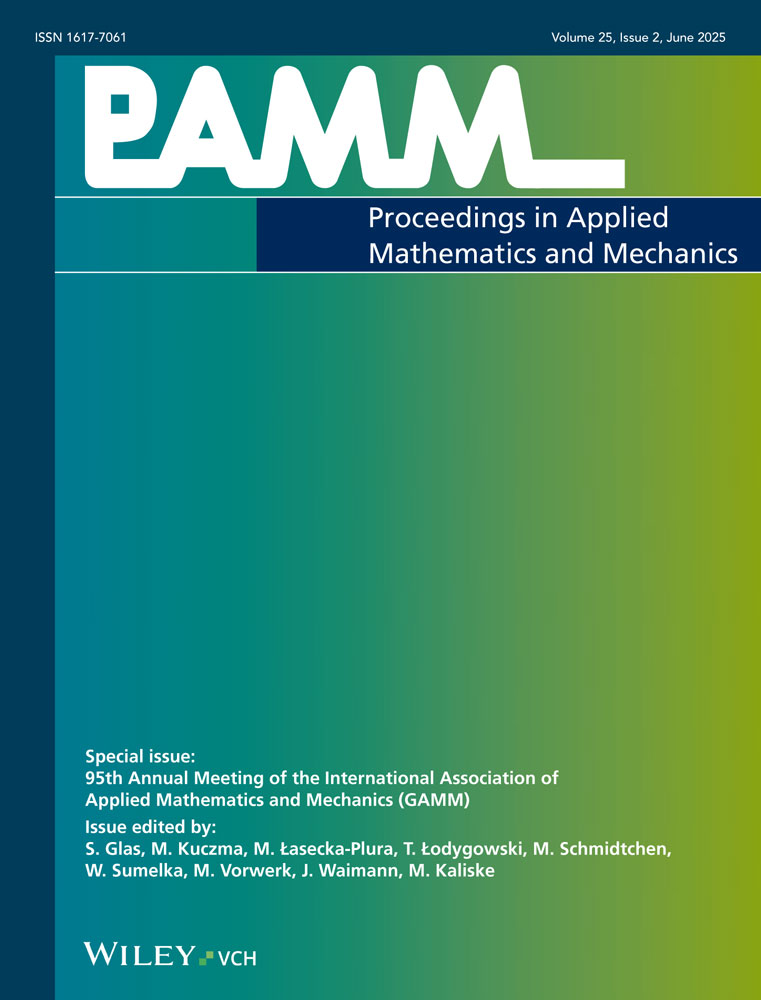An experimentally validated rod model for soft continuum robots
Abstract
Soft robots are bio-inspired, highly deformable robots with the ability to interact with workpieces in a manner that complements their hard robot counterparts. To develop practical applications and reproducible designs of soft robots, new models are necessary to describe their kinematics and dynamics. In the present work, we describe experimental and numerical investigations of a popular pneumatically-actuated soft continuum arm. These works enable us to derive constitutive relations and develop a rod model for large deformations of the arm that faithfully describes its bending behavior. We show how the resulting non-classical constitutive relation can be defined either through experiments or through quasi-static finite element simulations. With the help of this relation, the resulting rod model can be used to study the dynamics of the soft robot arm in a fast and tractable manner. (© 2016 Wiley-VCH Verlag GmbH & Co. KGaA, Weinheim)




